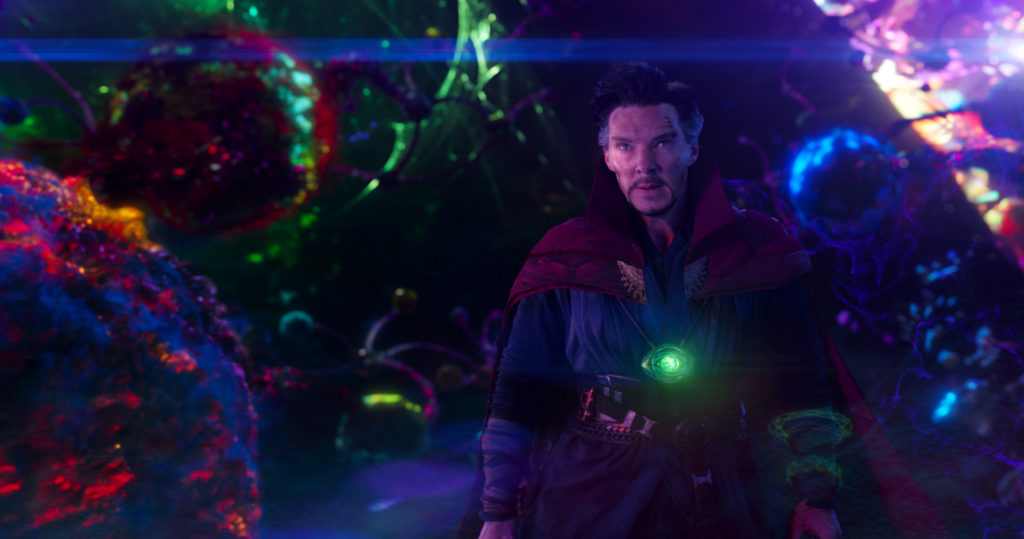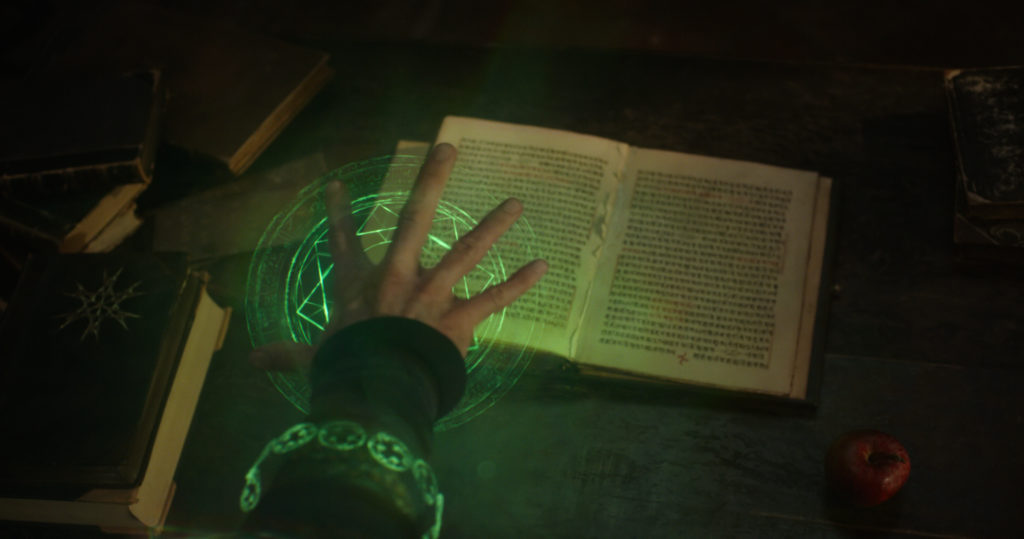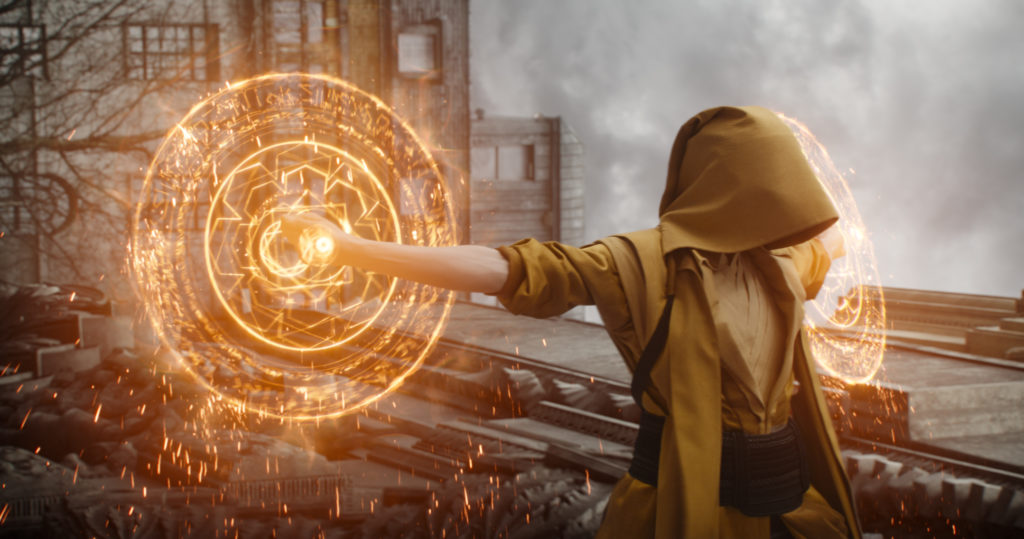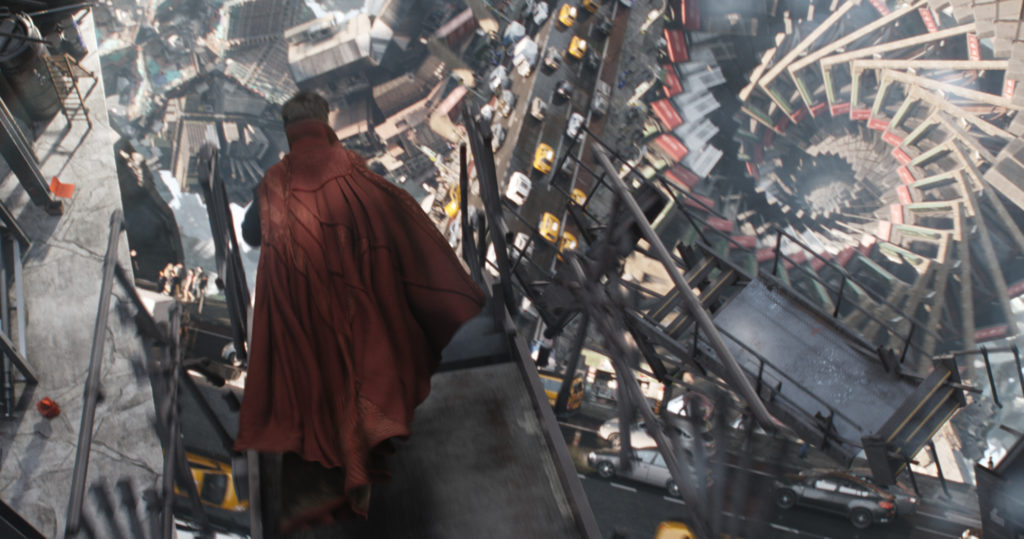 Marvel Studios invites audiences to its 14th feature film this weekend with the release of Doctor Strange, based on one of the more peculiar properties in the catalogue of Marvel Comics. “We always say we have to push the boundaries,” explains Marvel Studios president Kevin Feige. “We have to keep surprising people, we have to keep making them unique and different, and certainly this movie and this character fits all of that.”
Marvel Studios invites audiences to its 14th feature film this weekend with the release of Doctor Strange, based on one of the more peculiar properties in the catalogue of Marvel Comics. “We always say we have to push the boundaries,” explains Marvel Studios president Kevin Feige. “We have to keep surprising people, we have to keep making them unique and different, and certainly this movie and this character fits all of that.”
Guardians of the Galaxy took audiences by complete surprise in 2014, a big departure from the expectations of the Marvel Cinematic Universe and the super hero genre in general. The universe grows even bigger in this film, where the concept of infinite dimensions is explored. “Tapping into sort of that supernatural realm of the Marvel Comic Universe is going to come in handy as we move forward throughout the Cinematic Universe,” teases Feige.
Originally scheduled for a summer 2016 release, production was delayed when director Scott Derrickson realized that there was only one actor capable of portraying Stephen Strange. “I flew to London, met with [Benedict Cumberbatch], explained the movie. I think I had some of my concept art at that point and Benedict really wanted to do it, but he was doing Hamlet in theatre in London.”
“It’s a great motivator to try and do a good job and fulfill the promise they’ve shown you, or that they’ve given to you,” explains Cumberbatch about the process of being so heavily pursued for a role. Due to the delayed start, the film was planned with a shorter post-production in mind. “To Kevin and Louis D’Esposito’s credit, we hired more vendors to start all at once than you normally would have, so we had a lot of the stuff coming in all at the same time,” the director shares how the film avoided getting too far behind schedule. “But that was one of the most creatively rewarding parts of the whole process.”
The actors in Doctor Strange had to learn a hand movement method known as “Tutting” to bend the laws of time and space. “We had a proper master working with us for weeks, I would say, just as much as learning martial arts we were learning how to tutt,” recalls Tilda Swinton. The movement gets its name from King Tutt, since the trend involves using your hands and fingers to create boxes in an Egyptian style. For fans interested in learning this art form, the tutor to the stars was a dancer named JayFunk.
Not only does Doctor Strange stand out for the left turns the story makes, but also the general look and feel of the piece. “The challenge was to try to make a movie that is as visually progressive by movie standards as the Ditko art was in the Sixties,” recalls director Scott Derrickson. “Our primary source of inspiration was the early Stan Lee, Steve Ditko comics, and that artwork is still progressive. You look at lot of the panels in the comics and that was our primary source of inspiration. And visual effects have just caught up to where we can do some of the things that we did in this movie. And I think that the trick of it was to not hold back and to push ourselves as far as possible to do original things with the set pieces.”
Doctor Strange is now in theaters and as you can see from our review, it’s strange… in a good way. I hope that this article has expanded your view of how films like this are made in the same way that Doctor Strange will expand the MCU forever. Now that the door to magic and alternate dimensions has been opened, anything can happen. I hope the Avengers are prepared…



